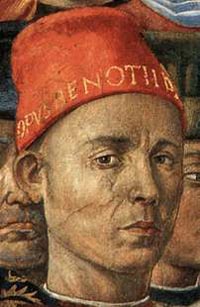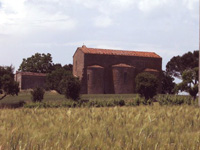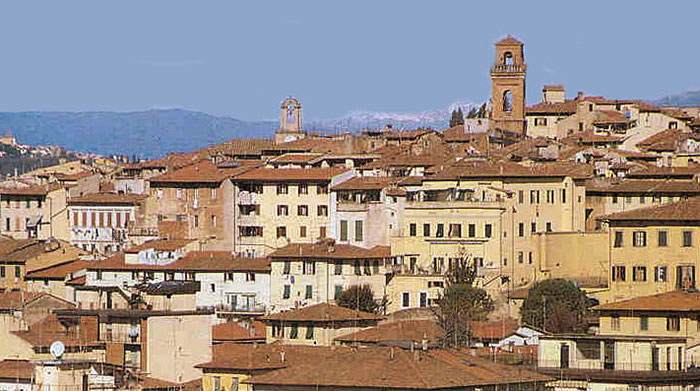 |
|
| N L | Castelfiorentino |
|
Castelfiorentino is a country town plunged into Chianti green hills. Main sights
The Francigena trail is a medieval route that linked Canterbury to Rome. Castelfiorentino has a new museum in a building designed specifically for the frescoes of one of the most important painters of the Renaissance. The Museo Benozzo Gozzoli was conceived and constructed for the purpose of giving a home to the frescoes which Benozzo painted for two chapels built near the city. The frescoes, which have been completely restored, are those of the Tabernacolo della Madonna della Tosse (Chapel of Our Lady of the Cough) and those of the Visitation.
|
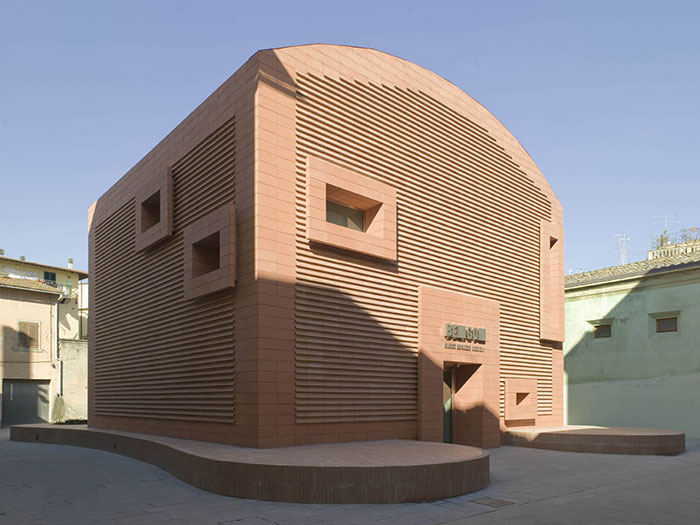 |
| Museum Benozzo Gozzoli in Castelfiorentino |
| During his career, Benozzo Gozzoli engaged several times in the decoration of tabernacle/oratory monuments situated on main roads used by travellers and pilgrims. The most significant of these in terms of size and commission were perhaps the two he did for Castelfiorentino. Two monumental shrines, of proportions similar to those of true chapels were frescoed by Benozzo Gozzoli at Castelfiorentino, on the initiative of a single client, Ser Grazia di Francesco, prior of Santa Maria at Castelnuovo Val d'Elsa: the Shrine of the Madonna della Tosse, and the Shrine of the Visitation. Among the assistants who were given the job of translating the master's ideas into painting was probably his son Francesco. The Tabernacolo della Madonna della Tosse was frescoed in 1484. This chapel, situated on the road which leads to Castelnuovo d’Elsa, became important to folk devotion. The townsfolk would take their children to this chapel to preserve them from the ‘bad cough’, which was wide-spread and from which children sometimes died. Detached and restored in 1970, they have been remounted in the Biblioteca Comunale. The Tabernacolo della Madonna delle Grazie (Chapel of Our Lady of Grace), or of the Visitation, was built in 1491. The Shrine of the Visitation was located on Via Volterrana in Castelfiorentino, on a piece of land belonging to the Minorite nunnery of Santa Maria. Besides the hand of Benozzo, that of his sons, and helpers, Alesso and Frencesco, can also be detected. The scenes from the life of the Virgin in the fresco were taken from the apocryphal Gospels. In the 1860s, the frescoes were detached from their original location, where they had been exposed to the inclemency of weather and to the floods of the Elsa River. Museum Benozzo Gozzoli |
|
|
Farneta, Folano and Lucignano |
||
Farneta Abbey
Empoli |
|
|
|
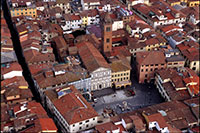 Empoli |
|
|
||
Enlarge map |
||
| Empoli | ||

